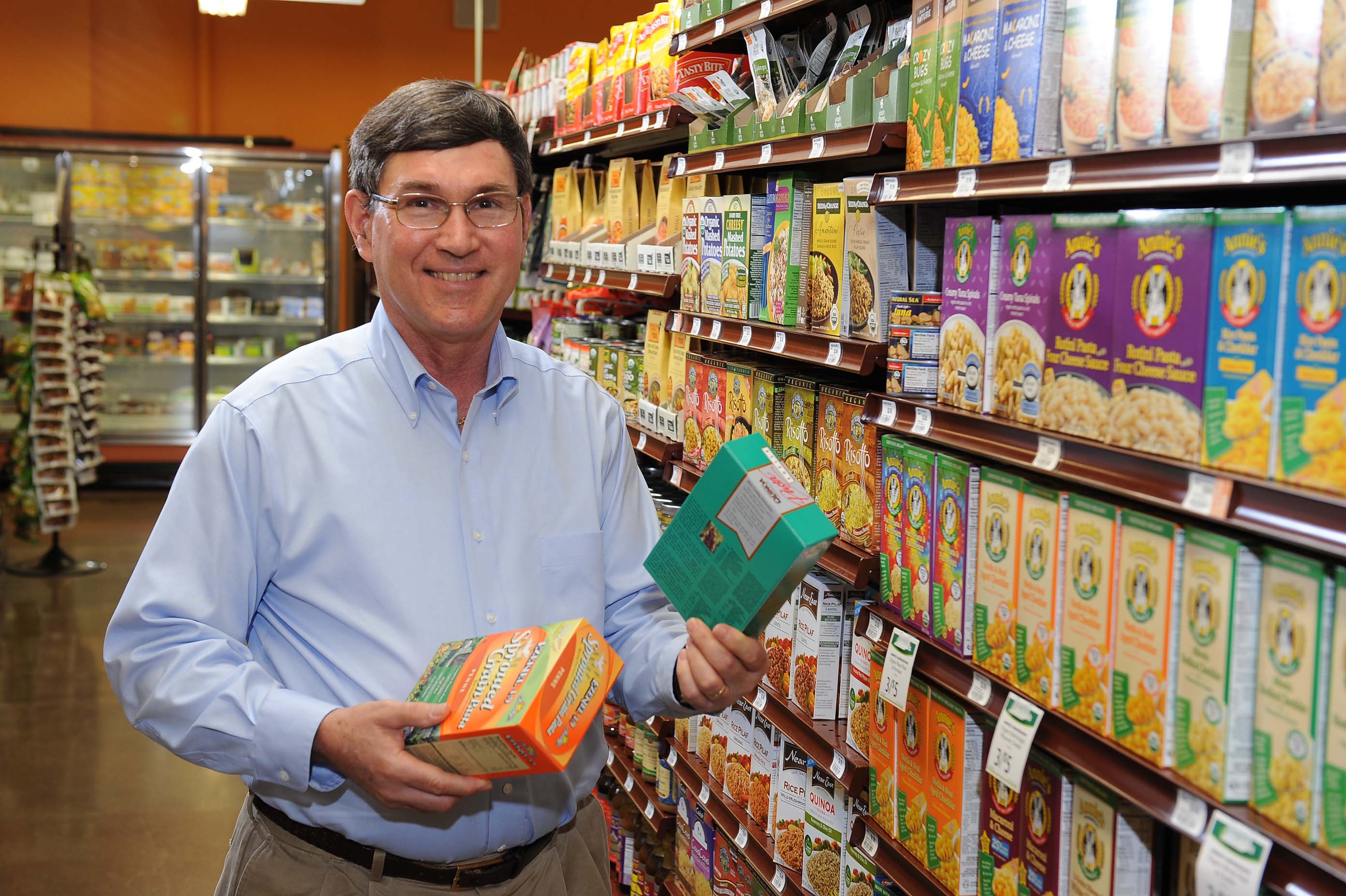
Finding Value In Healthful Genetic Modifications
Wallace Huffman studies whatdrives consumers’ decisions on food purchases.
A recently published study by the ISU economist found that when given a choice,informed consumers are willing to pay more for genetically modified food that offers health benefits. But the type of modification made a difference.
He and his colleagues randomly selected groups of consumers, provided them with information about the experimental foods and asked them to register their preferences by placing bids for all presented foods.
Participants offered to pay more, compared to plain produce, for produce with increased nutrients from intragenic modification, which uses genes from the same plant species. They weren’t willing to pay more for produce enhanced by transgenic modification, which takes genes from other species.
“When genes for enhancing the amount of antioxidants and vitamin C in fresh produce—broccoli, potatoes and tomatoes— were transferred by intragenic methods, consumers are willing to pay on average 25 percent more than for a plain product. That is a sizable increase,” says Huffman, Charles F. Curtiss Distinguished Professor in Agriculture and Life Sciences.
Before making their decisions the participants were given information on different perspectives about genetic modification. It included positive, negative and neutral perspectives each organized under headings of general information and scientific, human, financial and environmental impacts.
The positive information on the food was given from the point of view of the food industry. The negative information was presented from the perspective of environmental groups. Neutral information was given from the scientific community. The industry and neutral perspectives contained definitions of intragenic and transgenic modifications.
Huffman says information from the food industry was usually given more weight by consumers than the information presented by environmental groups. The neutral information moderated the negative effect of environmental group information.
This study contrasts with a consumers’ willingness to pay study Huffman conducted on transgenic foods in 2001. At that time, consumers discounted transgenic food designed for pest control by 15 percent on average relative to plain-labeled product.
“Participants were so excited about these healthful consumer traits rather than the farmer traits we had tested 10 years ago,” Huffman says. “People were looking forward to these type of products hitting the market.”
Among other current research, Huffman is starting a study of the willingness of consumers to purchase potatoes with reduced acrylamides, a potential carcinogen that is produced when starchy foods are cooked at high temperatures.
While Huffman is doing more food related research recently, he has a number of economic interests in teaching and research.
The Iowa native and Iowa State alum (’66 farm operations) with a doctorate in economics from the University of Chicago, is co-author of a popular book, Science for Agriculture, which is described as “the first thorough quantitative and analytical treatment of the history of the U.S. agricultural research system.”
Huffman joined the faculty at Iowa State in 1974, hired to work in the area of the economics of human capital in agriculture. He teaches a human capital time allocation course, an undergraduate labor economics class and econometrics research methods.



